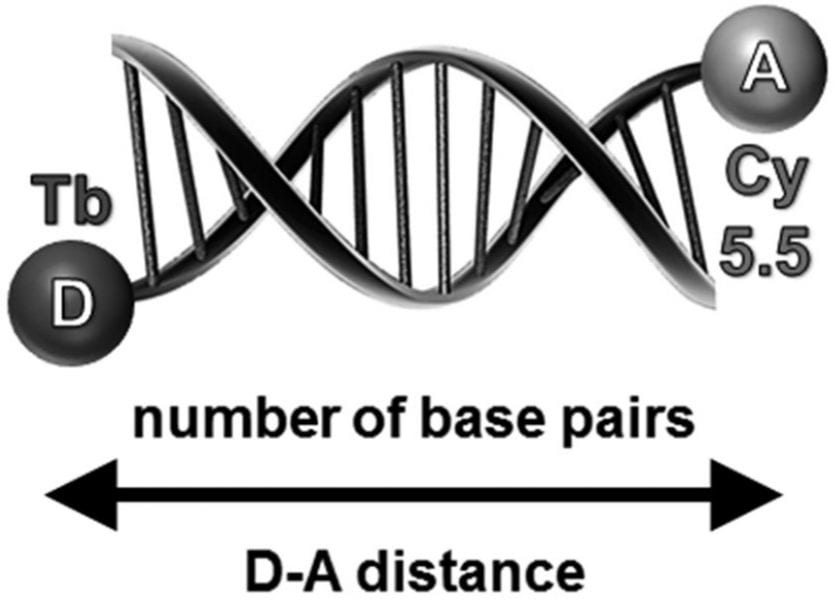A special structure for storing energy known as a supercapacitor has been constructed in a plant for the first time.


A special structure for storing energy known as a supercapacitor has been constructed in a plant for the first time.

Researchers have studied low-dimensional nanoscale ZnO building blocks, such as 1D nanorods, 1D nanowires and 2D nanosheets. Recently it was found that mixing these materials with 3D hierarchical ZnO microstructures revealed special optical, electrical and catalytic properties.

Researchers added low-cost touch sensing to objects of almost any shape.

A brain-inspired, neuromorphic chip has the capability of self-learning and has been demonstrated the ability to compose music.
Scientists at LMU Munich and FSU Jena have developed organic semiconductor nanosheets, which can easily be removed from a growth substrate and placed on other substrates.
Analyzing the crystalinity of thin silicon films has been made easier by using UV Raman spectroscopy. (Image credit: Georgy Shafeev/Shutterstock)

This month’s Advanced Engineering Materials cover and top papers.

Prof. Korley and co-workers explore the design principles used to develop environmentally-responsive materials that serve as release agents, sensors, switches, and actuators.

Time-gated FRET-based biosensors allow the quantification of multiple nucleic acids at low nanomolar concentrations using just a single donor–acceptor pair.

The continued development of piezoelectric materials has led to a huge market of products (image credit: Csaba Deli/Shutterstock).